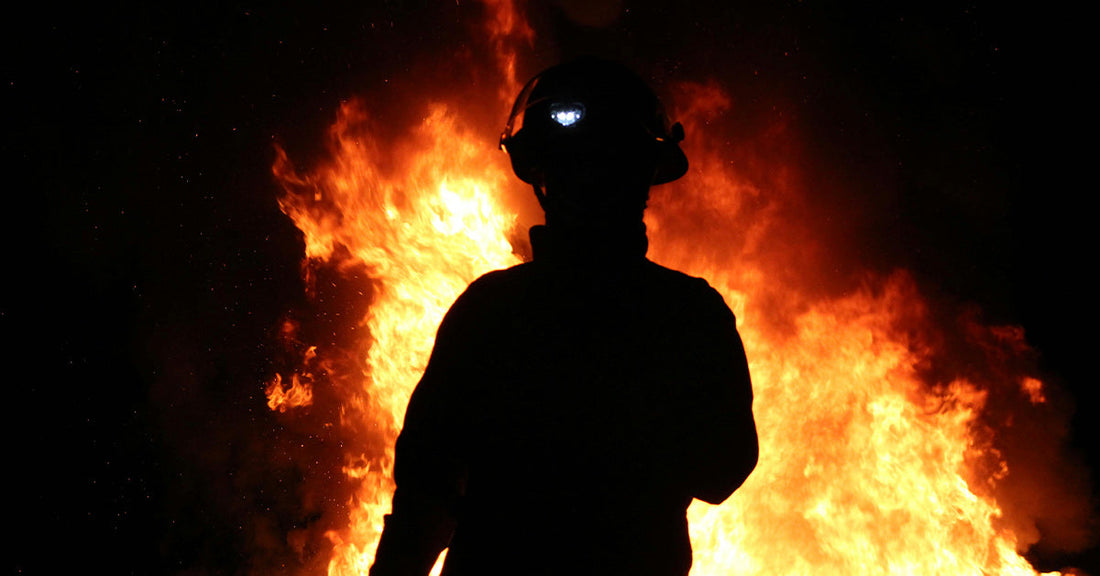Forest Service Cuts Strip Fire Response Readiness as Wildfire Season Looms
Matthew Russell
In the American West, spring signals more than just blooming wildflowers—it kicks off the months-long battle against wildfires. But this year, that fight may begin with far fewer boots on the ground.
Federal cuts to the U.S. Forest Service (USFS), driven by an aggressive push to shrink government spending, have stripped away layers of the nation's wildfire response capabilities. At least 3,000 trained personnel—many holding “red cards” that certify them for wildland firefighting—are no longer on the payroll. These individuals form the backbone of wildfire support across the country. Their sudden absence is triggering urgent warnings from elected officials, firefighters, and conservationists who say these layoffs come at the worst possible time.
The departures include staff trained not just to contain active fires, but also to perform essential prevention work—everything from clearing fuel loads to replanting scorched forestland. Officials from both parties are sounding the alarm. Colorado Congressman Jeff Hurd, a Republican, called the cuts “probably not the best place” to trim spending, while Democrats like Rep. Diana DeGette warned WesternSlopeNow that the layoffs “hurt Colorado’s ability to meaningfully mitigate wildfires.”

More than 3,000 trained Forest Service workers have been cut ahead of fire season.
A Workforce Gutted
Despite assurances from Forest Service leadership that firefighting operations are protected, the ground-level story tells a different tale. Lawmakers from Colorado, including Sens. Michael Bennet and John Hickenlooper, wrote to Agriculture Secretary Brooke Rollins demanding that red-card-holding staff be reinstated, Grand Junction Daily Sentinel reports. They argue these individuals are essential to both front-line firefighting and support roles, which help scale response teams quickly during peak fire seasons.
U.S. Rep. Melanie Stansbury of New Mexico added her voice to the chorus, warning that “literally, thousands of Forest Service workers don’t know if they’re going to have their jobs tomorrow,” according to the New Mexico Political Report. Her state is facing record-low snowpack, and the approaching dry season may be catastrophic.
At the same time, the Department of Agriculture insists that no red-card holders were formally laid off. Instead, it claims those employees “chose to leave” as part of cost-cutting changes that were “voluntary.” Regardless of the semantics, the practical result is a depleted and demoralized workforce.

Many laid-off employees held “red cards” certifying them for wildfire response.
Red Tape and Delays
Even when funding exists, bureaucratic slowdowns are jamming up the system. According to a report from Government Executive, the Department of Government Efficiency (DOGE) has introduced convoluted procurement processes that have held up contracts for everything from firefighting helicopters to reforestation equipment.
In one instance, a million-tree planting initiative in a fire-damaged area stalled because contract delays left the saplings too old to be viable for transplant. These delays not only squander taxpayer dollars but also set back crucial recovery timelines that take years to recoup.
Meanwhile, frontline equipment—like air quality monitors and supply tracking devices—has either been denied funding or outright removed from use. The very tools needed to prepare for and respond to fire emergencies are sitting in limbo, trapped in an administrative maze.

Red tape is delaying critical fire prevention contracts and equipment purchases.
States Left Holding the Hose
As federal firefighting capacity thins out, state and local resources are feeling the pressure. New Jersey’s top fire official, Bill Donnelly, expects his department may be called to assist out West more often.
“If there’s not as many of them, we might find ourselves needing to possibly send more people,” he told POLITICO.
That concern isn’t theoretical. Last year’s fires across the East Coast prompted evacuations and even fatalities. With neighboring states already stretched, and the West bracing for a standard fire season that still means thousands of individual fires, there’s little margin for error.
Colorado’s wildfire preparedness plan acknowledged that slowed hiring and reduced personnel could lead to “delayed response times, fewer available firefighting crews and equipment, and an increased reliance on already stretched state and local resources,” Grand Junction Daily Sentinel reports.

Helicopter procurement for firefighting crews has been frozen.
What Comes Next?
While federal officials say they’re still hiring to reach a target of 11,300 firefighters nationwide, it’s not clear whether those positions will be filled in time or with experienced workers. As peak season arrives, the reality on the ground may not match the optimistic outlook offered by Forest Service spokespeople.
Without quick action to restore red-card holders and streamline essential contracts, communities across the country may be forced to rely on thinner lines of defense. And when fire season hits full stride, the true cost of these cuts will be measured not in dollars—but in acres lost, lives disrupted, and communities left to fend for themselves.
Click below to make a difference.

